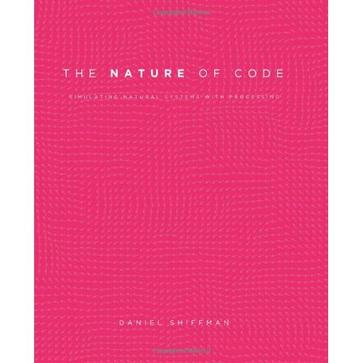The Nature of Code
内容简介
How can we capture the unpredictable evolutionary and emergent properties of nature in software? How can understanding the mathematical principles behind our physical world help us to create digital worlds? This book focuses on a range of programming strategies and techniques behind computer simulations of natural systems, from elementary concepts in mathematics and physics to more advanced algorithms that enable sophisticated visual results. Readers will progress from building a basic physics engine to creating intelligent moving objects and complex systems, setting the foundation for further experiments in generative design. Subjects covered include forces, trigonometry, fractals, cellular automata, self-organization, and genetic algorithms. The book's examples are written in Processing, an open-source language and development environment built on top of the Java programming language. On the book's website (), the examples run in the browser via Processing's JavaScript mode.
......(更多)
作者简介
of arts in mathematics and philosophy from Yale University and his master's degree from ITP. He develops tutorials, examples, and libraries for Processing, the open-source programming language and environment created by Casey Reas and Ben Fry. He is also the author of Learning Processing: A Beginner’s Guide to Programming Images, Animation, and Interaction (2008).
......(更多)
目录
......(更多)
读书文摘
......(更多)






